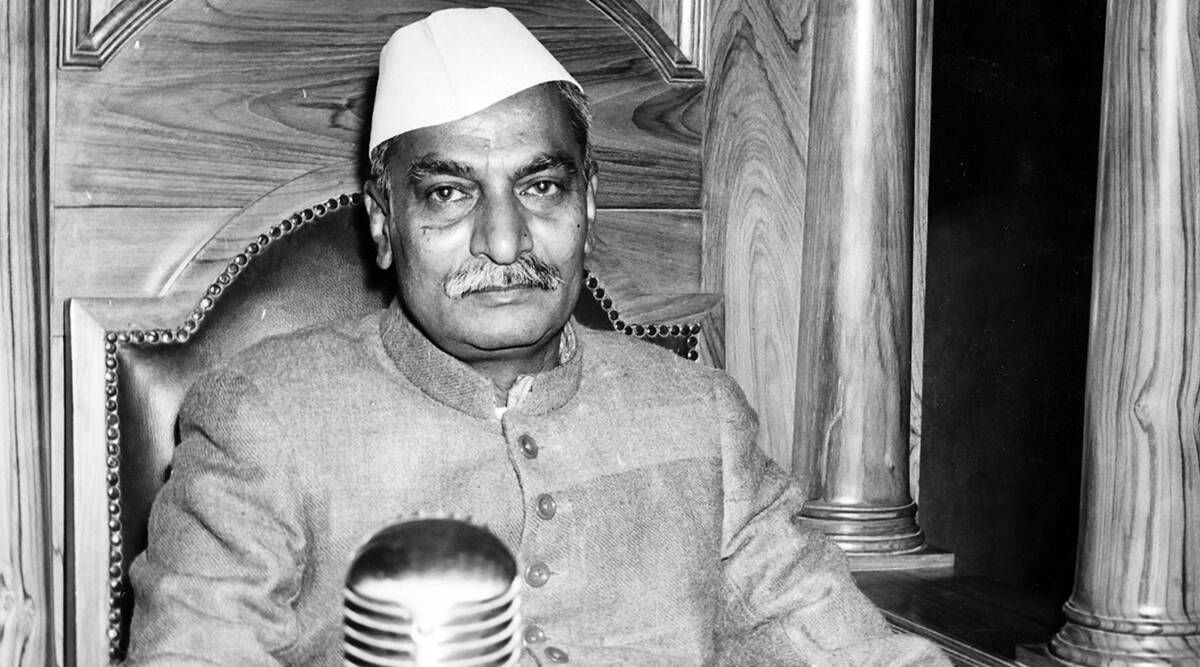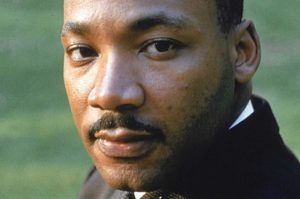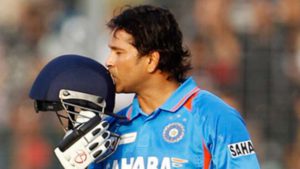Dr Rajendra Prasad, the first President of independent India, was born in a religious joint family of Zeradei, a small village in Bihar. Dr Rajendra Prasad (3 December 1884 – 28 February 1963) was an Indian independence activist, lawyer, scholar and subsequently, the first President of India, in office from 1950 to 1962. He was an Indian political leader and lawyer by training. Prasad joined the Indian National Congress during the Indian Independence Movement and became a major leader from the region of Bihar. A supporter of Mahatma Gandhi, Prasad was imprisoned by British authorities during the Salt Satyagraha of 1931 and the Quit India movement of 1942. After the 1946 elections, Prasad served as Minister of Food and Agriculture in the central government. Upon independence in 1947, Prasad was elected as President of the Constituent Assembly of India, which prepared the Constitution of India and served as its provisional parliament.
When India became a republic in 1950, Prasad was elected its first president by the Constituent Assembly. As president, Prasad established a tradition of non-partisanship and independence for the office-bearer and retired from Congress party politics. Although a ceremonial head of state, Prasad encouraged the development of education in India and advised the Nehru government on several occasions. In 1957, Prasad was re-elected to the presidency, becoming the only president to serve two full terms. Prasad stayed in office for the longest term of around 12 years. Post the completion of his tenure, he quit the Congress and set up new guidelines for parliamentarians which are still followed. Prasad played a major role in forming the Bihari Students Conference in 1906 and served as the president of the Constituent Assembly that drafted the Constitution of India. He died on February 28, 1963.
Facts We Must Know About Dr Rajendra Prasad:
- Rajendra Prasad joined the Indian National Congress in 1911 and became a leader of the Bihar and Odisha region.
- As a child, Rajendra Prasad was taught by a Maulavi (Muslim scholar), as his father wanted him to learn the Persian language, Hindi and arithmetic.
- He used to stay at the Eden Hindu Hostel in Calcutta during his educational years at the University of Calcutta as a postgraduate student of Economics.
- Rajendra Prasad was a serious and attentive student and showed brilliant results both at school and in college. He stood first in the entrance examination of the University of Calcutta and won a scholarship of Rs. 30/- a month.
- Prasad played a major role in forming the Bihari Students Conference in the year 1906 at the hall of Patna College.
- He served as the president of the Constituent Assembly that drafted the first constitution of the Republic of India, which lasted from 1948 to 1950.
- He also became the first Minister of Food and Agriculture in 1946 in the interim national government.
- The British governance had jailed Prasad many times. He was arrested for his support in the Salt Satyagraha Movement of 1931 and the Quit India Movement of 1942.
- As the President of India, Prasad quit the Congress and set up new guidelines for the parliamentarians that are still followed.
- He was unanimously elected as the President of India at the last session of the Constituent Assembly of the interim government.
- In January 1934, Bihar was hit by a devastating earthquake. The British authorities had to free Prasad from jail so that he could lead the relief services in the state. A year later, when another earthquake hit Quetta (now in Pakistan), Prasad was again selected as the President of the Quetta Earthquake Relief Committee.
- On his retirement in 1962, the Government of India honored Dr. Rajendra Prasad by awarding him the “Bharat Ratna”.
- Literary contributions:
# Satyagraha at Champaran (1922)
# Division of India (1946, online)
# Atmakatha (1946), his autobiography written during his 3-year prison term in Bankipur Jail
# Mahatma Gandhi and Bihar, Some Reminiscences(1949)
# Bapu Ke Kadmon Mein (1954)
# Since Independence (published in 1960)
# Bharatiya Shiksha
# At the feet of Mahatma Gandhi - He spent the last few months of his life at his beloved Sadaqat Ashram in Patna till he breathed his last on 28th February 1963.










Cool website!
My name’s Eric, and I just found your site – launchtrend.com – while surfing the net. You showed up at the top of the search results, so I checked you out. Looks like what you’re doing is pretty cool.
Such a nice collection of information! Thanks for posting.
Your website is continuously coming in the search results.
As a subscriber of your website, here’s what that means to me…
Your SEO’s working.
You’re getting eyeballs – mine at least.
Your content’s pretty good.